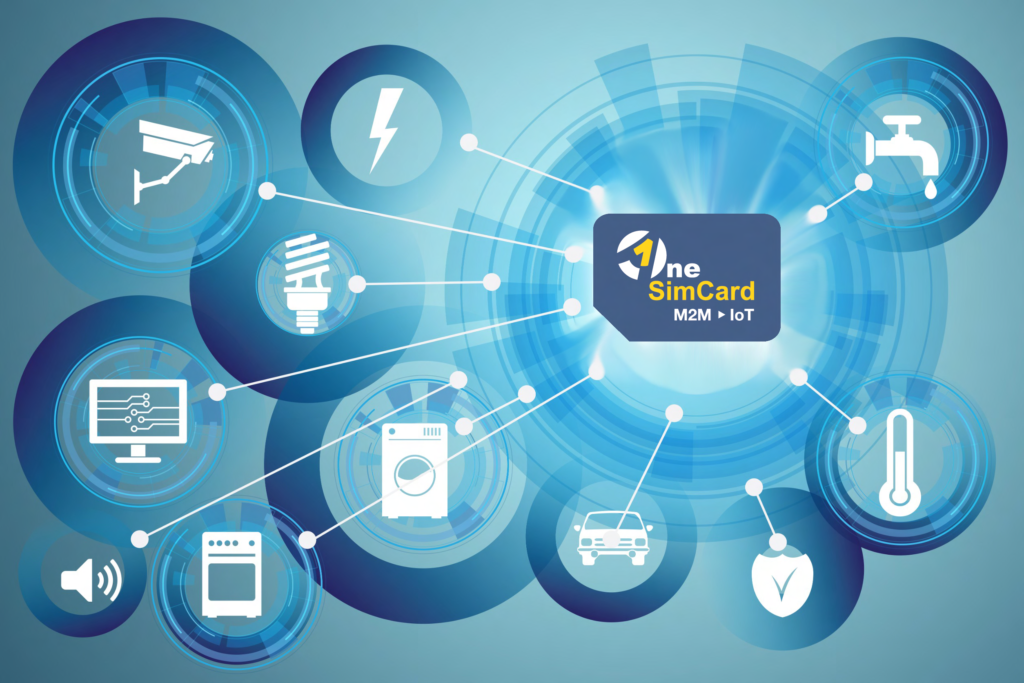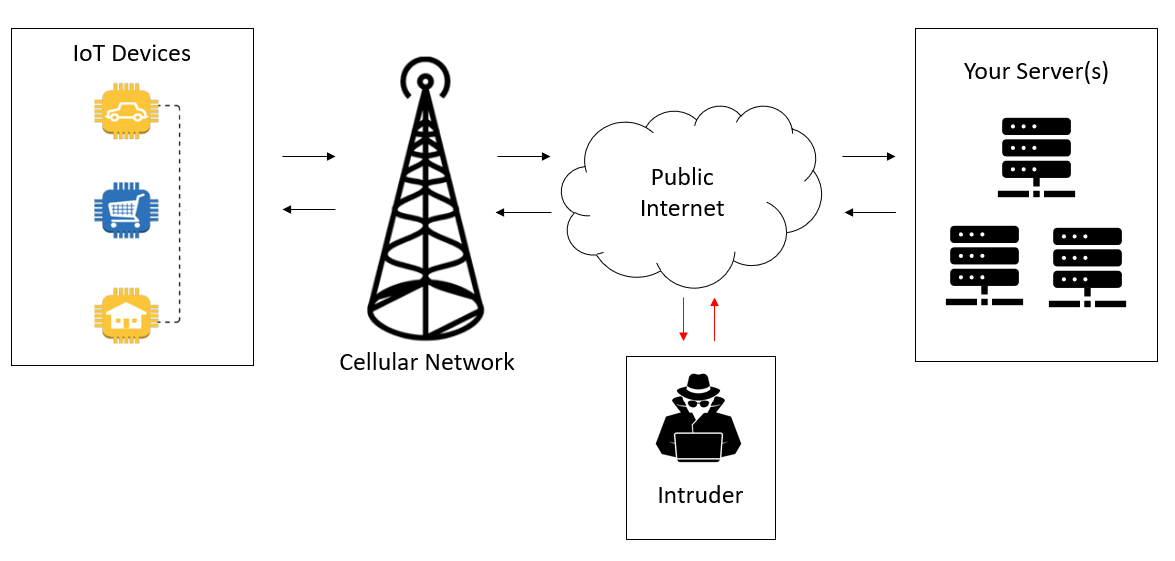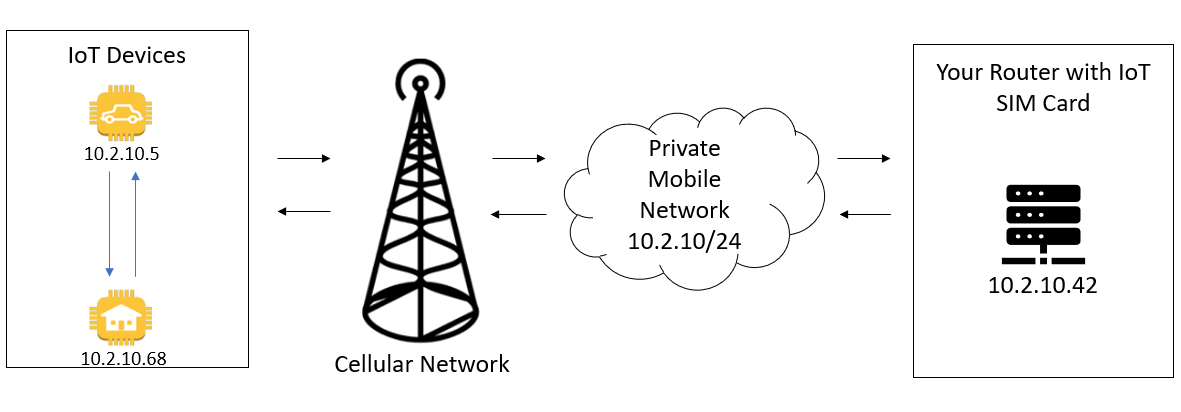
Imagine you have lots and lots of smart devices. Think of tiny sensors everywhere. Think of machines talking to each other. It can get messy fast, right? Keeping track of them all can feel like trying to catch smoke. You want to know what is going on. You want to be able to tell them what to do. This is for businesses that want to be in charge. They want to see everything clearly.
This blog is for you. We will talk about two cool tools. When you use them together, things get much simpler. You get a clear view. You can tell your gadgets what to do easily. Let us see how fixed, Static IP addresses and special NB IoT SIM cards can make your smart devices work better for you. Let us get you back in control.
What Is NB IoT and Why Is It Great?
NB IoT is a fancy name. But it is just a way for small amounts of data to travel wirelessly. Think tiny updates from a sensor. Think simple on or off commands. It does not use much power at all. This is great! Your devices can run for a long time on one battery. This means you do not have to change batteries all the time. It also means you can put devices in remote places.
So, NB IoT sim card is a great idea. It uses little power. It reaches far. It does not cost a lot. For many smart devices, this is perfect. You can have lots of them without spending a fortune. You can get data from places you could not before. Your devices sip power, they do not gulp it down. This makes a strong base for all your smart plans.
Why Fixed Addresses Are Great for Smart Devices?
Now, let us talk about where things live online. Every Device on a network has an IP address. It is like your home address, but for the internet. Most of the time, these IP addresses change. They are like a new temporary address each time your device connects. This is okay for your phone. But for smart devices, it may not be optimal.
Basically, fixed IP addresses bring order to the internet addresses of your devices. For smart networks, this means easier access, better safety, and simpler management. It gives you a solid base to build on.
When Fixed Addresses Meet Special SIM Cards – It’s a Perfect Match!
Now, here is where things get really good. Think of NB IoT as the reliable way your devices talk to the internet. Think of fixed IP addresses as giving each device its own permanent name and online spot.
Because NB IoT uses so little power, your devices in remote places can stay online for years. Because they have a fixed IP address, you can always find them. You do not have to worry about their address changing when they wake up to send info. This makes checking on things remotely super reliable.
NB IoT sim card gives you a reliable, long-distance connection. Fixed addresses give you the stable, always-there online “location”. Together, they make your smart device network strong, safe, and easy to manage. It is a combination that just makes sense for many businesses.
Real Benefits You Can Actually See
Talking about tech is one thing. But what does it actually do for your business? Let us look at some real wins.
Things become more reliable. With fixed IP addresses, your connection to your devices is more stable. You are not chasing moving targets online. The info flows more smoothly. You can trust that your remote commands will get through. This constant connection is super important for many businesses that need to watch things all the time.
Maintenance becomes easier too. When you can connect to and troubleshoot devices from your office thanks to fixed IP addresses, you spend less time and money on physical check-ups. You can often update software and change settings remotely, saving you valuable resources.
These are not just fancy ideas. These are real, measurable benefits that businesses are seeing right now. Things work better, it is easier to grow, you can see everything remotely, and you save a lot of money. These are the kinds of results that help your business do better and stay ahead.
Conclusion:
We have looked at the basics. We have seen how an NB-IoT sim card is a great way for your devices to connect without using much power. We have learned how fixed IP addresses give each device a permanent and easy-to-find address online. And we have seen how using them together is a powerful combination for your smart device needs.
Think about feeling in control. Think about knowing your network is solid and safe. Think about how easy it will be to manage lots of devices without constant problems. This is what upgrading offers you. It is not just about better technology. It is about having peace of mind. It is about being in charge of your online operations. It is about getting the most out of your smart devices.
Try our SIM cards with fixed IP addresses for NB-IoT, and make your device deployment the best it can be.






